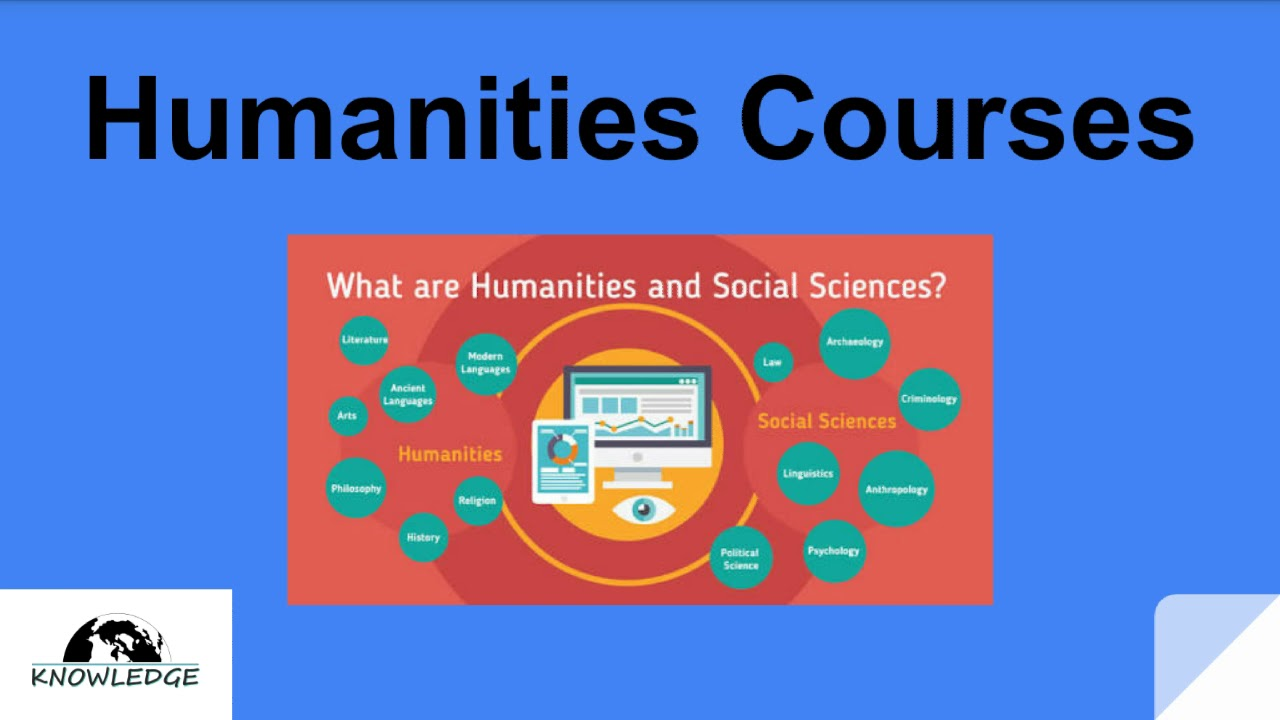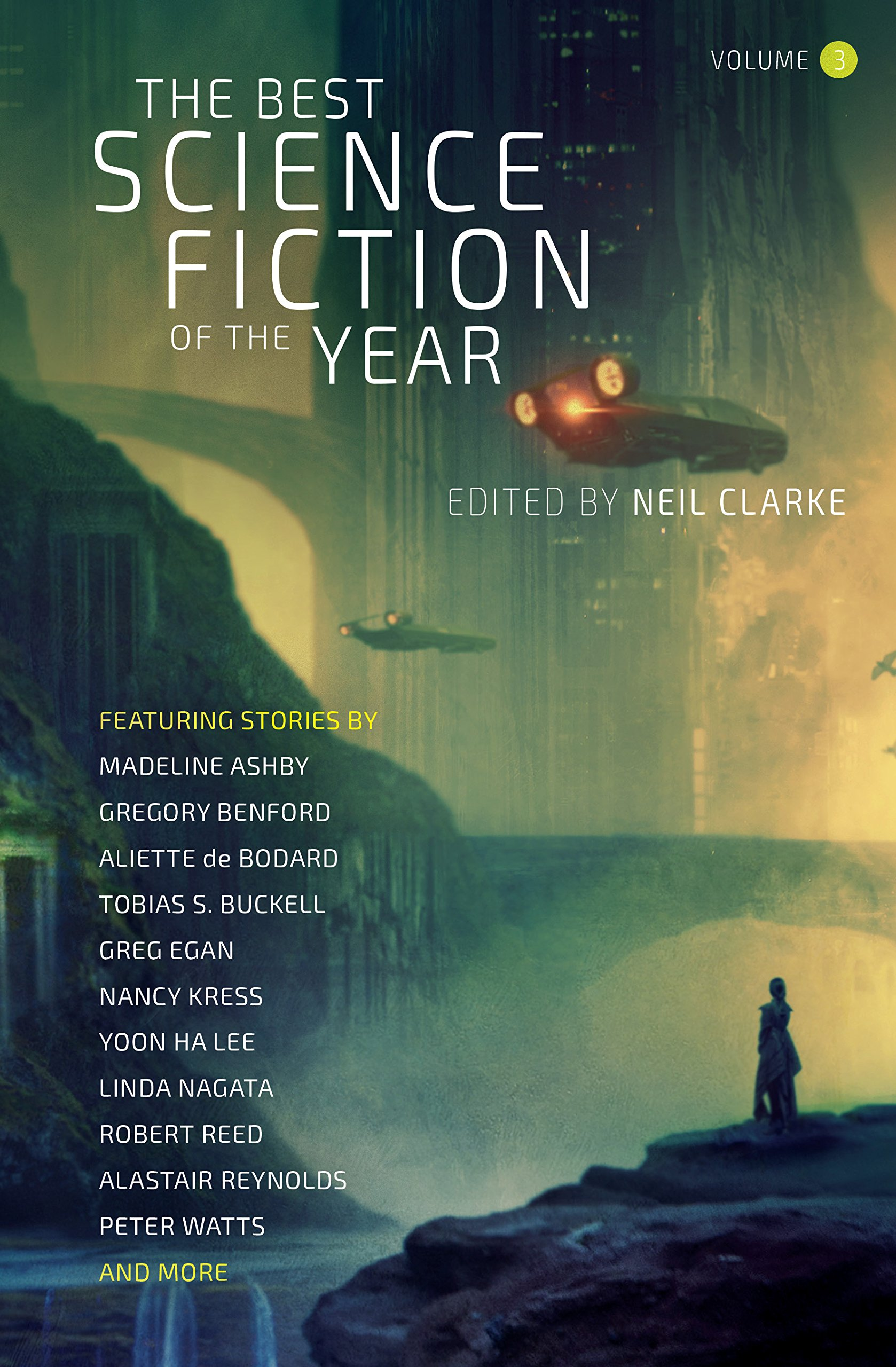
Introductory Humanities Courses Engaging First-Year Students
Introductory humanities courses play a critical role in shaping the academic journey of first-year students, providing them with a foundation in arts and humanities that is both enriching and engaging. As institutions like Harvard recognize a decline in enrollment across these fields, innovative introductory courses are being developed to captivate and inspire students. These newly designed courses aim to connect students with the intrinsic value of humanities education, helping them appreciate the richness of human culture through literature, philosophy, and art. The humanities curriculum is not just about learning important texts; it seeks to foster critical thinking and creativity, skills that are invaluable in any career path. By rethinking how these engaging humanities courses are presented, educators hope to rekindle interest and passion for the arts and humanities among today’s youth.
Beginning their educational voyage, first-year students encounter foundational courses in the humanities that set the stage for deeper exploration in arts and culture. These introduction to humanities classes aim to cultivate a profound appreciation for the subjects, moving beyond mere academic requirements to engage students on a personal level. In an era where the relevance of humanities studies is often questioned, the development of dynamic courses is essential for instilling a lasting enthusiasm for this vital area of education. Essentially, these early courses are about connecting the academic mind with the human experience, leading students to ponder essential questions about existence and society through innovative teaching methods. By fostering an enriching environment in these introductory offerings, institutions can help students navigate their academic paths while igniting a passion for lifelong learning in the humanities.
Understanding the Importance of Introductory Humanities Courses
Introductory humanities courses serve as the essential gateway for first-year students to dive into the rich tapestry of arts and humanities. These courses are designed to engage students from diverse backgrounds and interests, helping them to discover the profound narratives that shape human experience. In a world increasingly driven by specialization and technology, the humanities offer critical insights into what it means to be human, making them vital for any comprehensive education. At institutions like Harvard, the challenge of engaging students effectively in these introductory courses often reflects a broader need for innovative teaching strategies to rekindle interest in these fields.
As Dean Sean Kelly highlights, the drop in enrollment among newly enrolled students seeking humanities education signals a disconnect between traditional teaching methods and student interests. With only about 12% of first-year students initially interested in pursuing arts and humanities, finding ways to make these subjects more captivating is crucial. By rejuvenating the introductory humanities curriculum with contemporary themes, relatable texts, and an emphasis on critical thinking, educators can foster a deeper appreciation for the value of humanities, helping students understand that these studies are not just academic requirements, but pathways to personal growth and understanding.
Innovative Course Offerings to Engage First-Year Students
The introduction of nine new courses in the arts and humanities aims to revolutionize how first-year students engage with these disciplines. Courses like “Introduction to the Medical and Health Humanities” and “Bob Dylan the Classic” reflect a commitment to relevance, addressing contemporary issues while connecting students with influential cultural narratives. This approach not only enhances the appeal of humanities courses but also nudges students to see connections between the arts and pressing societal questions. By presenting topics that resonate on a personal level, faculty can spark curiosity and encourage students to delve deeper into the humanities.
Innovations in course design, such as blending critical reading and creative writing as seen in “Reading for Fiction Writers,” illustrate the interdisciplinary nature of the humanities. This hybrid model not only engages students in diverse forms of expression but also fosters critical thinking skills that are applicable beyond the classroom. By emphasizing the skills inherent in analyzing texts—such as empathy and nuanced understanding—these courses equip students with tools that are valuable not just in academic contexts but in their personal and professional lives as well. Effective humanities education, therefore, must combine rigorous academic inquiry with personal relevance to truly captivate new generations of students.
Additionally, the concept of ‘engaging humanities courses’ extends beyond mere content delivery; it involves fostering an environment where students can actively participate in discussions, collaborate on projects, and immerse themselves in the material. By centering student experience and perspective in course design, faculty can break down barriers that might lead to disinterest. Engaging introductory courses not only represent a shift in teaching philosophy but could effectively combat the historical trend of declining enrollment in the humanities, ensuring these fields remain vibrant and relevant.
The Impact of Cultural Engagement in Humanities Education
Engaging with culture through the lens of the humanities enables students to gain a richer understanding of the world around them. Courses that focus on topics such as migration, border crossing, and the intersection of technology and humanity provide essential insights into global narratives. By discussing these issues, students not only learn about specific cultural phenomena but also develop the critical thinking and analytical skills necessary to navigate a complex world. This emphasis on cultural context helps students appreciate the intricate connections between past and present, enriching their educational journey.
Furthermore, understanding cultural narratives and examining influential texts fosters a greater sense of empathy and awareness among students, which is essential in our increasingly interconnected society. Courses that delve into the intricacies of art, literature, and philosophy encourage students to engage with diverse perspectives, stimulating dialog about differing viewpoints and experiences. Such engagement promotes not only a love for the arts but also a commitment to understanding humanity’s collective narrative. By emphasizing these courses’ cultural relevance, educators can reinforce the intrinsic value of humanities education and its role in shaping well-rounded citizens.
Striking a Balance Between Tradition and Innovation in the Humanities
As discussions around the ‘Canon Wars’ have shown, the humanities must find a balance between honoring traditional texts and incorporating modern voices that resonate with today’s students. The challenge lies in recognizing influential texts while also advocating for inclusivity in the humanities curriculum. New introductory courses should celebrate both the historical significance of classic works and address contemporary issues that affect students’ lives, thereby creating a comprehensive understanding of the field. This balance will not only preserve the richness of the humanities but also enhance its relevance in today’s societal context.
By adapting the curriculum to reflect diverse voices and current themes, educators can cultivate a dynamic learning environment that appeals to the interests of first-year students. The emphasis on contemporary relevance, alongside traditional curricula, enriches students’ learning experiences and prepares them for informed citizenship. A modern humanities curriculum should not merely transmit knowledge; it should inspire students to think critically about the world, instilling a sense of agency that encourages them to engage deeply with the subjects they are studying. In this way, the humanities maintain their essential role in education as a field that defines and explores the human experience.
The Role of Humanities in Preparing Students for Future Success
A robust education in the humanities is invaluable in preparing students for a multitude of career paths, not just those traditionally aligned with these disciplines. Skills gained from studying the arts and humanities—such as critical thinking, written and verbal communication, and cultural literacy—are applicable in various fields, including business, law, and education. As employers increasingly seek adaptable individuals who can navigate complex issues and communicate effectively, the intrinsic value of humanities education comes to the forefront.
Courses that challenge students to engage with deep philosophical questions or analyze complex literary texts foster a mindset that is crucial for success in a volatile job market. For instance, discussions in courses like “Humanity, Technology, and Creation” enable students to contemplate their place in an evolving world and understand how to address changing human needs. By fostering an understanding of human culture, the humanities equip students with perspectives that will allow them to innovate and excel, regardless of their chosen career path.
Creating Community through Arts and Humanities Engagement
Engaging in the arts and humanities fosters a strong sense of community among students. Introductory courses that encourage collaboration and discussion create spaces for students to connect and share their thoughts, experiences, and interpretations. This sense of belonging can significantly enhance the student experience, providing social support as they navigate the challenges of university life. Faculty involvement in creating a warm, inviting atmosphere further supports student engagement, inviting them to explore the humanities in a manner that feels approachable and relevant.
By participating in group projects, discussions, and workshops, students learn the value of diverse perspectives, which is pivotal in developing empathy and social awareness. Activities that showcase artistic expression or explore cultural narratives not only emphasize the importance of the humanities but also promote personal connection through creative engagement. This collaborative approach can transform the perception of humanities education from a solitary pursuit of knowledge to a vibrant exploration of human experience, significantly enhancing students’ overall academic journeys.
Leveraging Technology to Enhance Humanities Learning
Incorporating technology into arts and humanities courses can significantly enhance the learning experience for students. By leveraging digital tools and platforms, educators can introduce innovative methods for engaging with course material. For instance, multimedia presentations, online discussions, and virtual exhibitions can complement traditional learning and broaden students’ exposure to the humanities. Such technological integration not only makes learning more interactive but also prepares students for a future where digital fluency is increasingly essential.
Moreover, technology facilitates access to a wider array of literary and artistic resources, enabling students to explore diverse cultures and perspectives that may not be as readily available within a traditional classroom setting. By utilizing digital archives, educational websites, and interactive resources, students can delve deeper into their areas of interest. This open accessibility encourages more students to explore the possibilities within the humanities, potentially fostering a lasting passion for these fields that extends far beyond their initial courses.
Assessing the Impact of Curriculum Changes in the Humanities
It is imperative to assess how the innovative approaches to introductory humanities courses impact student engagement and enrollment. Ongoing evaluations can provide insights into how effectively these newly designed courses are meeting the needs and interests of first-year students. By collecting feedback from participants, educators can iterate on course content and teaching methods to better resonate with incoming cohorts. This data-driven approach ensures that humanities courses remain dynamic and responsive to changing student preferences over time.
Furthermore, tracking enrollment trends and student success rates post-course completion will offer valuable insights into the long-term benefits of revitalized humanities education. Understanding how these changes correlate with student retention and enthusiasm for further studies in the humanities can illuminate the efficacy of these curricular innovations. Ultimately, through continued assessment and adjustment, the humanities can build a vibrant educational environment that not only attracts students but also profoundly influences their academic paths and personal worlds.
Frequently Asked Questions
What are some new introductory humanities courses offered in the Harvard humanities curriculum?
Harvard’s Division of Arts and Humanities is introducing nine new engaging humanities courses this fall to attract first-year students. These courses include topics such as ‘Introduction to the Medical and Health Humanities,’ ‘Culture in Context,’ and ‘Migration and Border Crossing in Film and Photography.’ Designed to spark students’ interest in arts and humanities, these courses emphasize the intrinsic value of humanities education.
How can introductory humanities courses benefit first-year students?
Introductory humanities courses provide first-year students with essential tools for understanding human culture and existence. By engaging with topics like ethics, literature, and creative expression, students develop critical thinking skills and a nuanced appreciation for the arts and humanities. This aligns with Harvard’s mission to enhance humanities education and make it more relevant to contemporary issues.
What challenges do introductory humanities courses face in engaging students?
One significant challenge is the declining interest in arts and humanities among first-year students, with many changing their minds about pursuing these fields by the time they declare their concentrations. To combat this, Harvard aims to rethink course design, making them more appealing and relatable to students by focusing on fundamental questions about human existence.
Why is the design of introductory humanities courses important?
The design of introductory humanities courses is crucial because it establishes students’ first impressions of the field. Effective courses must connect with students’ interests and highlight the value of engaging with critical themes, texts, and artistic practices. Harvard’s initiative aims to enhance the attractiveness of the humanities curriculum by curating content that resonates with students.
How does Harvard’s approach to introductory humanities courses differ from traditional models?
Harvard’s new approach emphasizes intrinsic value over solely practical utility in the humanities. Instead of focusing purely on traditional texts or theoretical frameworks, the courses aim to make real-world connections, encouraging students to explore what it means to be human through literature, philosophy, and the arts.
What is the significance of the ‘Human Sciences: Fundamentals and Basic Concepts’ course at Harvard?
‘HUM 17: The Human Sciences: Fundamentals and Basic Concepts’ serves as a gateway course into humanities education at Harvard. It introduces students to essential concepts such as metaphor and consciousness, establishing a foundational understanding that prepares them for deeper exploration within the humanities curriculum.
How do reading and writing relate in Harvard’s introductory humanities courses?
In courses like ‘Reading for Fiction Writers,’ Harvard emphasizes the connection between reading and writing. Students learn that being a good writer depends on being a skilled reader, understanding texts deeply, and appreciating narrative techniques. This integrated approach enriches students’ engagement with arts and humanities.
What is the intended outcome of the new introductory humanities initiative at Harvard?
The main goal of the new introductory humanities initiative is to rejuvenate interest in the arts and humanities among first-year students. By offering innovative courses that resonate personally and culturally, Harvard hopes to not only increase enrollment but also foster a vibrant community of learners engaged in the human project.
How does Harvard’s introductory humanities initiative align with current educational trends?
Harvard’s initiative is an adaptive response to national trends of declining enrollment in humanities fields. By focusing on engaging and relatable introductory courses, the university aligns its humanities education with contemporary student interests, emphasizing relevance and interdisciplinary connections.
| Key Points | Details |
|---|---|
| Introduction of New Courses | Nine new introductory art and humanities courses will be launched to engage first-year students. |
| Reason for Initiative | Declining enrollment in arts and humanities due to lack of high school emphasis and students changing their interests after enrollment. |
| Change in Course Design | Courses aim to resonate with students’ interests and highlight the intrinsic value of the humanities. |
| Influential Models | Inspired by successful engagement strategies from the Department of Philosophy that increased enrollments significantly. |
| Course Topics | Topics include Medical Humanities, Migration in Film, Language, and Reading for Fiction Writers. |
| Philosophy of the Initiative | Focus on not just the instrumental utility but the intrinsic value of humanities education. |
| Student Engagement | Aim for courses to resonate personally with students and change their perspectives on the humanities. |
Summary
Introductory humanities courses have been revamped to cater to first-year students, aiming to ignite their passion for the arts and humanities from the onset of their academic journey. These nine new offerings, under Dean Sean Kelly’s initiative, focus on engaging content that reflects current interests and highlights the essential value of the humanities beyond mere practicality. With a keen understanding of students’ learning experiences, these courses are positioned to enrich their understanding of human culture and creativity, ultimately transforming their educational journey and perspectives.


